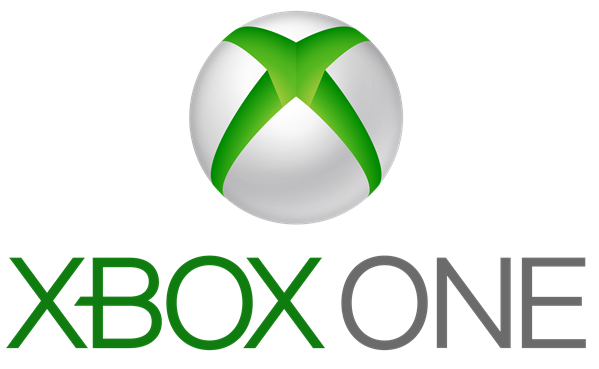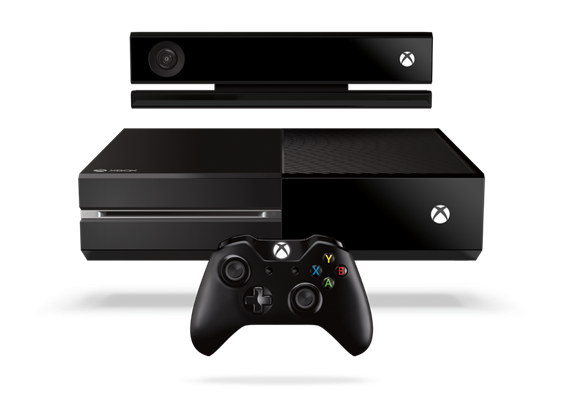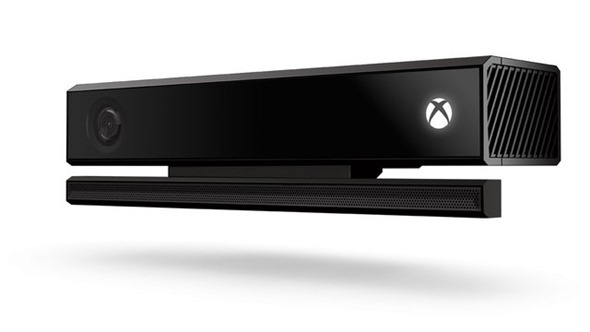Since announcing the Xbox One, Microsoft has been doing quite a lot of back-tracking, and as well as rethinking its Xbox One used games policies and DRM, the company has now stepped out and admitted that in actual fact, the Kinect sensor is not required in order for the console to function. Hitherto, Microsoft has said that the bundled second-gen motion sensing peripheral would need to be connected for the purpose of the console’s operation, but while that may be true of certain features, it’s not essential for all tasks.
After the runaway success of the original Kinect, which first hit the market back in 2010 to record sales, it’s of very little surprise that the software maker has opted to bundle its successor in with the Xbox One. This, naturally, does see the next-gen Microsoft console priced slightly higher than its keenest rival – the PlayStation 4 – but given the sheer number of people who adopted Kinect the first time around, the decision to add Kinect as an in-box accessory to all consumers seems to make a great deal of sense.

The only real reservations would-be purchasers have had, is that Kinect would need to be plugged in at all times, but although Kinect is obviously required for a some of the Xbox One’s new features, a Q&A with an official Xbox team member has revealed that settings will be in place that allow users to essentially switch Kinect off when not in use.

Obviously, if you wish to enjoy features like voice control or the advanced interactivity offered in the new Kinect, you will need it to be hooked up to your Xbox One, but with some throwing up concerns about NSA spy tactics, it’s something of a relief that Xbox Chief Platform Architect has come through with clarification on the matter. Speaking with IGN, he said that “When in this mode [disabled by setting], the sensor is not collecting any information . . any functionality that relies on voice, video, gesture or more won’t work.”

The Kinect will still be on, so to speak, and able to use its IR blaster, but if you have had any worries regarding privacy with this ‘always-on’ accessory, it would appear that Microsoft has addressed them.
Thoughts?
(Source: IGN)
You can follow us on Twitter, add us to your circle on Google+ or like our Facebook page to keep yourself updated on all the latest from Microsoft, Google, Apple and the Web.

